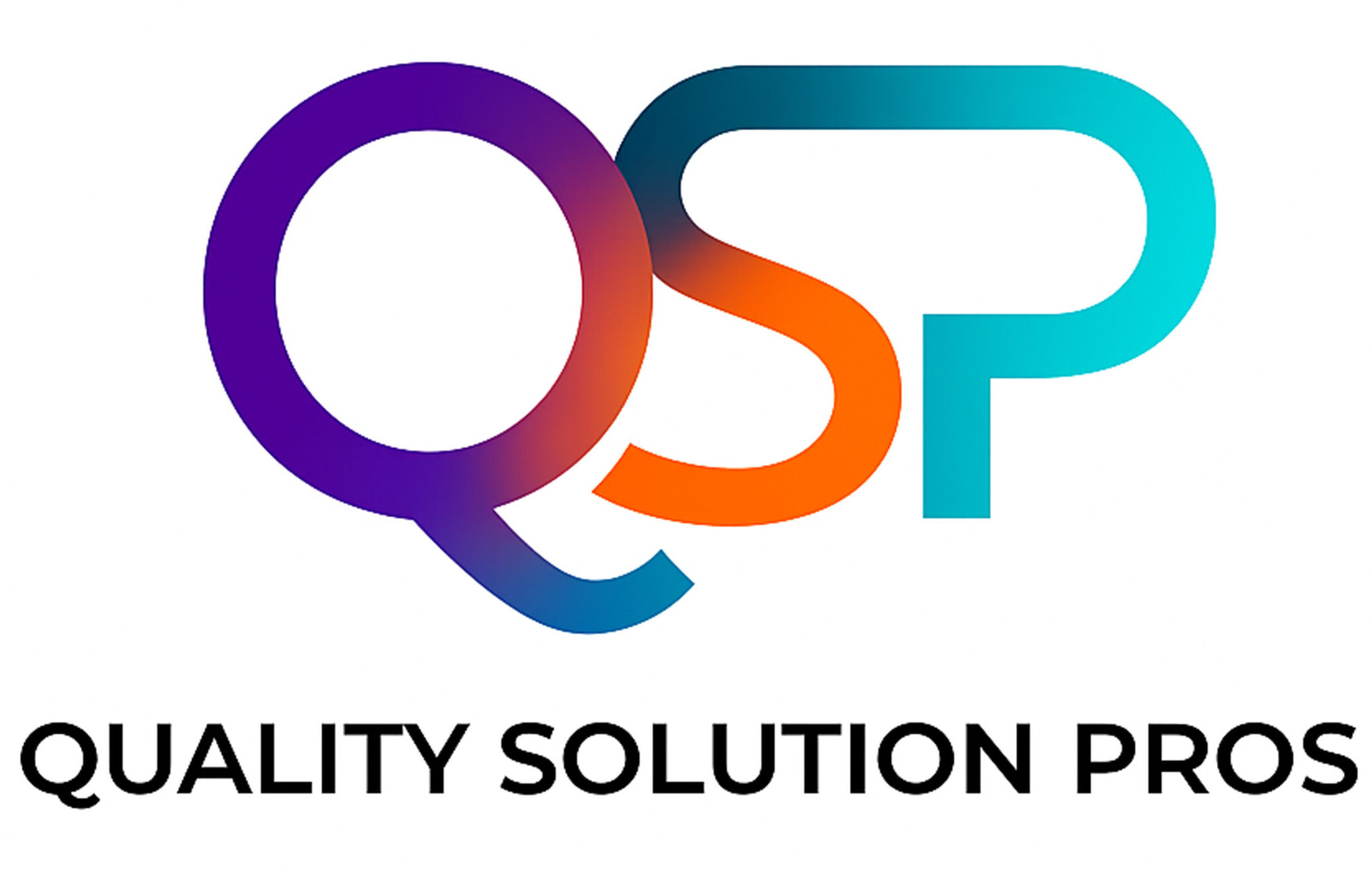The Future of AI in Healthcare: Revolutionizing Care

In Ontario and across Canada, small and medium-sized healthcare providers—clinics, community health centres, long-term care (LTC) homes, home care agencies—are under immense pressure. Rising costs, staff shortages, administrative burden, and patient expectations all demand smarter, more efficient systems. The integration of artificial intelligence (AI) offers not just a futuristic promise but a practical path to saving time, reducing waste, and improving care.
If you run or support an SMB in health or senior care in Ontario, understanding how AI can be integrated and staffed effectively may be among your most strategic moves over the next 3–5 years.
QSP AI Executive Leadership Team
Why AI in Healthcare Matters Right Now
1. Cost pressures & inefficiencies
Canada spends heavily on health care, and much of that is tied up in administrative overhead, redundancy, rework, staffing gaps, and balancing workloads. By optimizing workflows and automating repetitive tasks, AI can help reduce wasted hours and cost leakages. McKinsey estimates that integrating AI across the Canadian healthcare system could yield 4.5% to 8% in net savings per year (after accounting for AI operating expense).
2. Staff shortages & burnout
Ontario hospitals, for example, have spent billions on agency staff over past years to fill gaps. Yahoo Style Meanwhile, the healthcare workforce globally is expected to face severe shortages. Mercer AI—when used wisely—can relieve clinicians from administrative drudgery, allow them to focus on patients, and make staffing plans more predictive.
3. Quality, speed, and personalization
Diagnostic tools, predictive models, patient triage assistants, and monitoring systems powered by AI are already reducing delays, alerting clinicians to high-risk patients, and optimizing care pathways. In Canada, pilot deployments of AI in clinical settings are showing promise, though much remains to scale responsibly.
Key AI Use Cases for SMB Healthcare Providers
Here are several areas where an SME provider in Ontario can pilot or scale AI to gain return:
| Use Case | What AI Does | Value to SMBs |
|---|---|---|
| Clinical documentation / scribe assistance | Speech-to-text, auto-summaries, note drafting | Saves clinician time, reduces transcription costs |
| Patient triage & symptom checkers | Chatbots or agentic AI to screen and route patients | Reduces front-desk load, guides patients to right care |
| Scheduling & staff optimization | Predictive models to forecast patient load, optimize shifts | Cuts overtime and under-/overstaffing costs |
| Claims / billing & revenue cycle automation | Automate coding, error checking, claim submissions | Fewer denials, faster payments |
| Predictive risk / alerts | Flag patients at risk of readmission, declines | Prevents adverse events, avoids costs of avoidable care |
| Population health analytics | Aggregate data, spot patterns, segment cohorts | Helps preventive care, resource allocation |
Even relatively small investments in these areas can yield noticeable returns for SMBs, especially when compared to manual processes.
A Hypothetical Ontario SMB Use-Case
Let’s say a community mental health clinic in Oshawa is struggling with clinician burnout, long patient waitlists, and administrative backlog.
Pilot phase: You introduce an AI scribe module integrated with their EMR to transcribe therapy sessions and auto-generate summaries.
Result: Clinicians reclaim 1 hr/day previously spent typing notes, enabling more patient sessions or “buffer time.”
Expansion: Add a chatbot triage front-end, a predictive model to flag no-shows, and scheduling optimization.
Financial outcome: Fewer overtime hours, better scheduling, more billable sessions, reduced no-show waste.
Staff support: Provide a part-time AI operations analyst, train staff to review and feedback model outputs.
Over 12–18 months, the clinic recoups its investment and continues scaling. Examples in Canada show clinical AI pilots in action already.
Call to Action & Next Steps for SMB Healthcare Leaders
If you lead or advise a small or mid-sized healthcare provider (clinic, LTC, home care, specialty clinic) in Ontario:
Start small with one pilot — pick a low-risk, high-impact workflow (e.g. documentation or scheduling).
Secure buy-in — engage clinicians early, clarify transparency and governance.
Partner with AI-integrators — you don’t have to build all the AI internally (that’s where your business helps).
Measure outcomes — track time saved, cost avoided, clinician satisfaction, patient impact.
Iterate and expand — once confidence is built, broaden deployment.
By taking a thoughtful, phased approach, Ontario SMB healthcare providers can become part of the AI-driven wave of smarter, leaner, and more patient-centered care.



